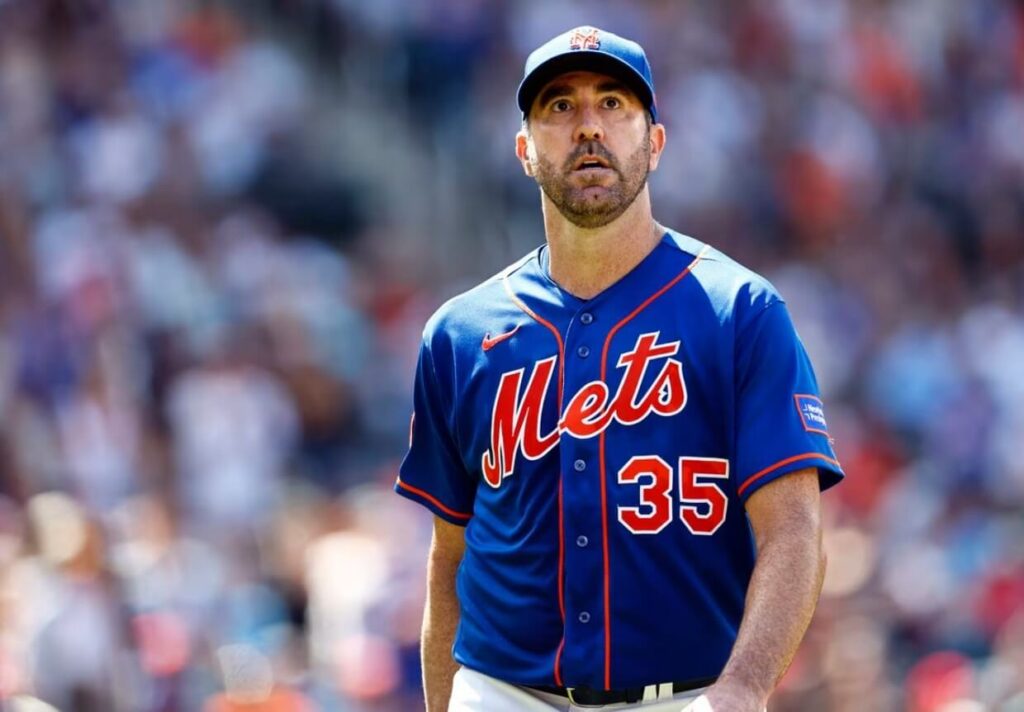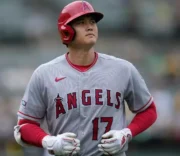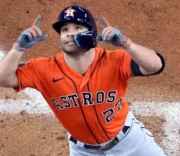
Major League Baseball (MLB) is no stranger to big-budget teams, but none more so than the New York Mets, the wealthiest team in the history of the league. Recently, the team has made headline-worthy moves, selling off key players, David Robertson to the Miami Marlins, and most shockingly, Max Scherzer to the Texas Rangers. The Mets’ decisions have been seen as astonishing, primarily due to the fact they have chosen to give up on the season, alongside swallowing a hefty $35 million fee in the process.
The Smart Choice or a Desperate Move?
Despite being seven games behind a wildcard spot with a 49-55 record, the Mets are making a wise decision to halt their season. Capitalizing on the enormous wealth of their owner, Steve Cohen, the team has taken some calculated risks. By significantly paying down Scherzer’s contract, they have managed to acquire Luisangel Acuña, the younger sibling of Ronald and a top-50 prospect. This essentially means that they have purchased a high-quality prospect.
What Lies Ahead?
The question now is, where does the team go from here? The Mets have a range of other potential trade candidates in their roster, including the temporary outfielders, Mark Canha and Tommy Pham, as well as Justin Verlander. There are no objections to considering offers for Verlander. Although replacing both him and Scherzer in the upcoming year’s rotation might be a tough task, it is definitely possible given Cohen’s financial backing.

This is very much a seller’s market. The Mets have scored attractive returns for Robertson and Scherzer. Moreover, the Chicago White Sox also did well with Lucas Giolito and Lance Lynn. If you are prepared to trade even average pitching, you are likely to make a good deal at this deadline. The Mets aim to bolster their farm system so as not to consistently rely on $360 million payrolls.
Additionally, even after paying over $35 million to facilitate the Scherzer deal, the Mets have actually saved money due to a decrease in their competitive balance tax obligation, as noted by The Athletic. The Mets have successfully demonstrated that they can trade Verlander, add prospects, and still save money.
Verlander’s Stint
Now at 40, Verlander has performed better than Scherzer this season, especially in recent times. However, he is due to receive around $15 million for the rest of this season and an additional $43.3 million for the next season. Moreover, his contract includes a $35 million conditional player option for 2025, tied to his health and his 2024 innings total. Working out the financial aspects could be complex, but it’s definitely achievable.
Where could Verlander end up? Or better yet, which teams should be most interested in acquiring Verlander? Below are the top five clubs that should seriously consider contacting Mets GM Billy Eppler about the current AL Cy Young winner.
- Baltimore Orioles: As the current leaders, the Orioles are not only looking to win the AL East but also secure a Wild Card Series bye. They, however, lack an ace. With the Mets paying a significant part of Verlander’s salary, it would be a good deal for the Orioles, who have officially moved from rebuilding to contending.
- Houston Astros: With Luis Garcia and Lance McCullers Jr. out for the season and Cristian Javier underperforming, the Astros could use another experienced starter. Verlander, with his full no-trade clause, might welcome a return to his familiar city for a shot at another World Series ring.
- Cincinnati Reds: As they stand only half a game behind in the NL Central and in dire need of a starting pitcher, it might be the right time for the Reds to make a bold move. Trading from Luke Weaver to Verlander would be a significant upgrade.
- Los Angeles Dodgers: With Clayton Kershaw’s shoulder issues and Julio Urías’ less impressive season, the Dodgers could do with another starter. Given their strong finances, a deal with the Dodgers might be easier to negotiate.
- Tampa Bay Rays: Down to just four starting pitchers due to injuries, the Rays could use a reigning Cy Young winner. With the prospects and the ability to take on a large salary, the Rays could be a good destination for Verlander.
In conclusion, the Mets’ bold trading strategies might be seen as risky, but they could potentially yield significant returns. As they navigate the challenging landscape of Major League Baseball, it will be interesting to see how their actions shape their future and potentially reshape the entire league.































